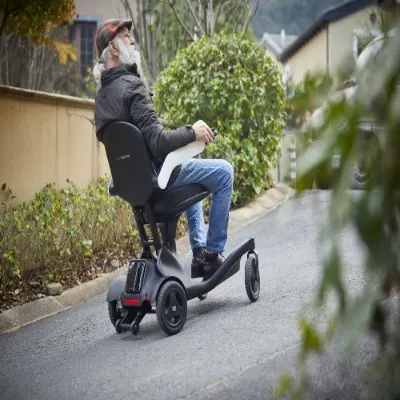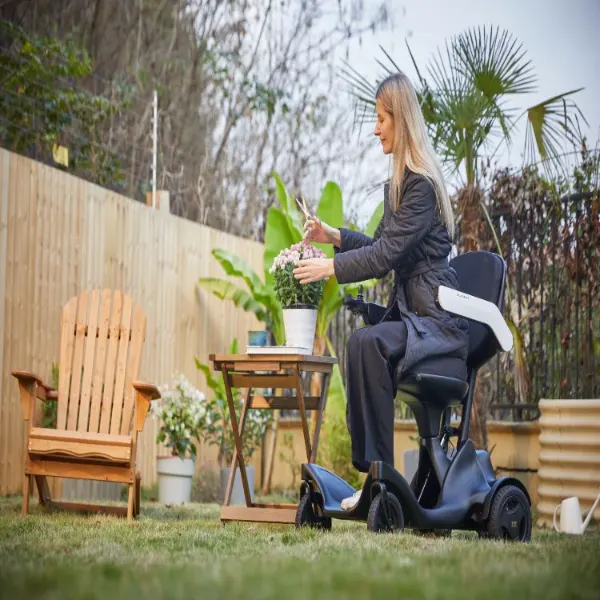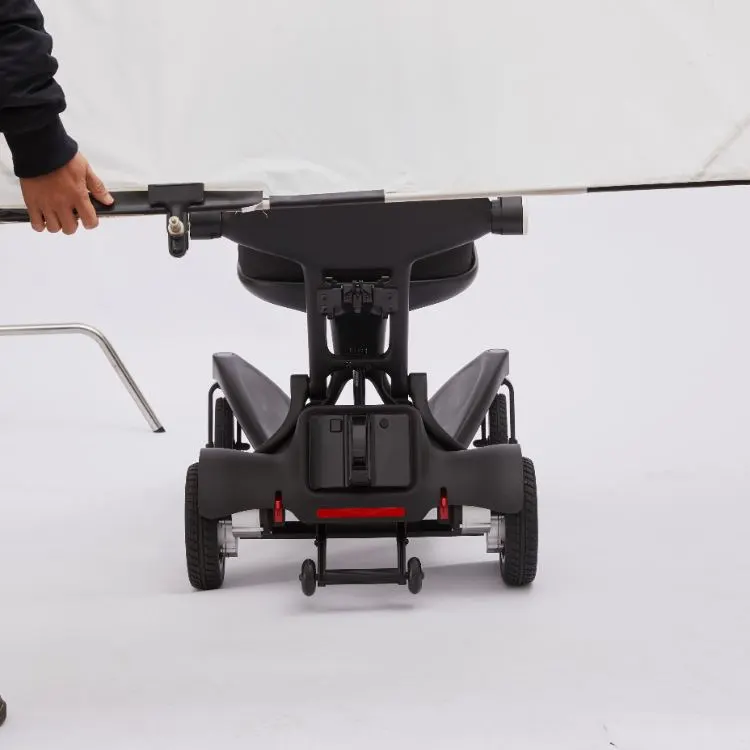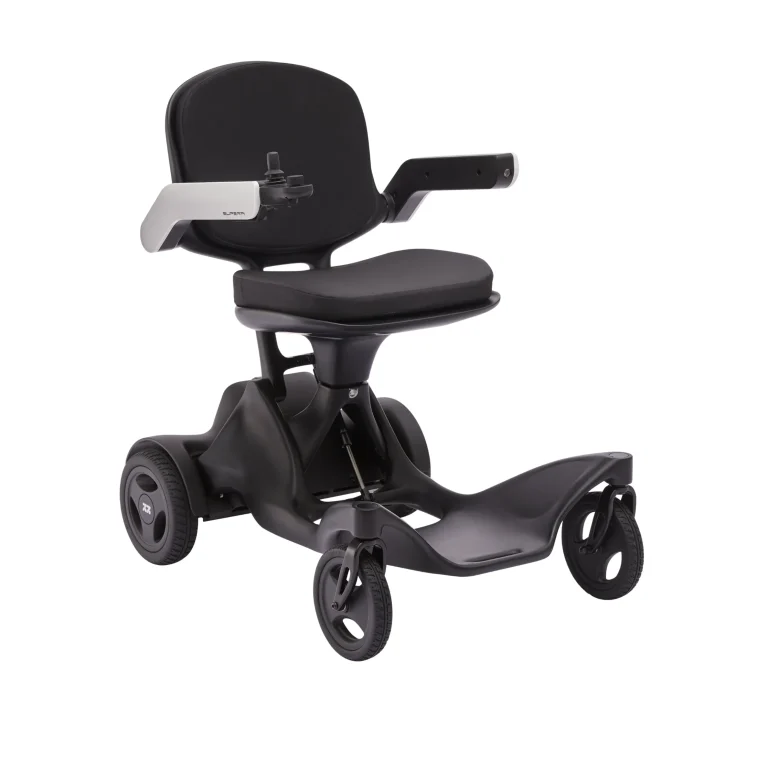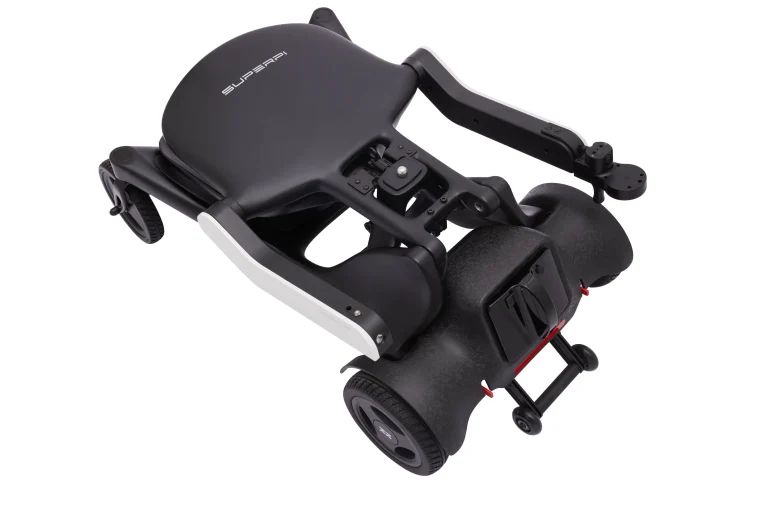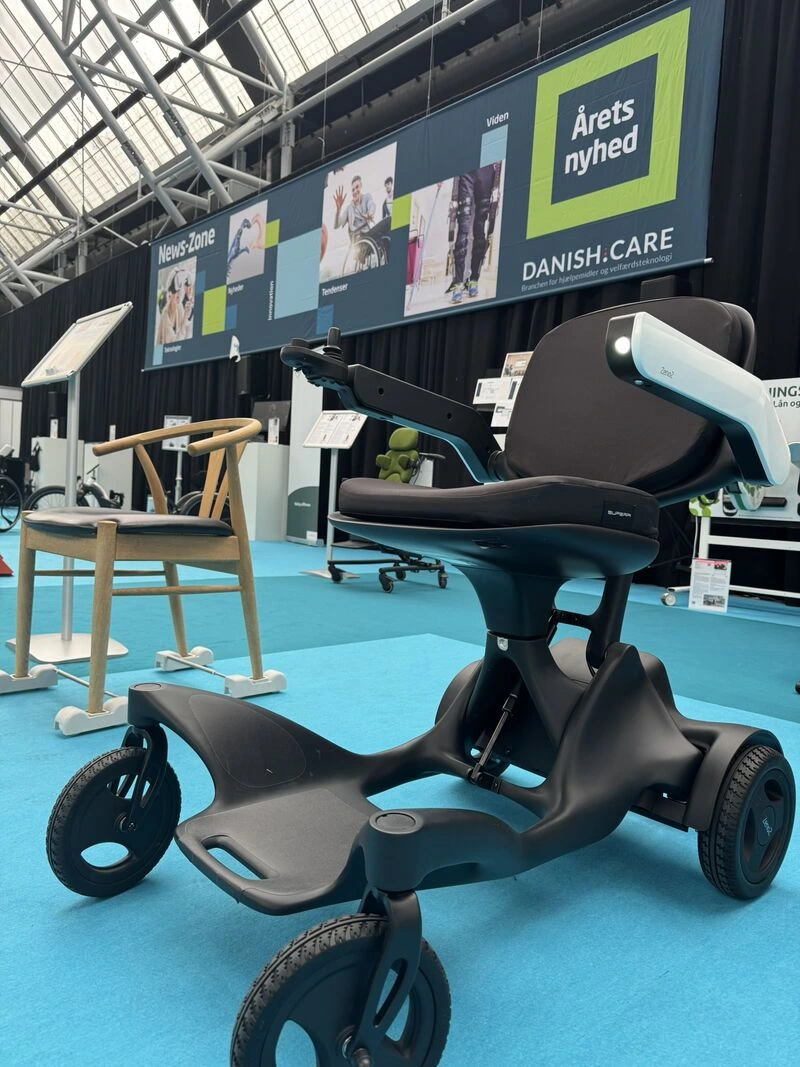
Getting around is a big deal for daily life. Folding electric wheelchairs are totally changing the game for folks who want freedom, ease, and zippy performance. These chairs are super light, save power, and fit all sorts of lifestyles—whether you’re weaving through busy airports or tucking your electric wheelchair into a tiny car trunk. They’re perfect for city commuters or seniors who wanna stay independent. One cool company leading the charge is Super Pi Robot. Since kicking off in 2022, they’ve been all about crafting smart mobility gear for older adults. Their electric wheelchairs, like the Model P2, use carbon fiber frames and simple controls that mix style and function. Wanna learn more? Check their brand introduction page for their mission or browse their products for awesome models. Need a hand? Their contact page is a breeze to use.
Key Features of Foldable Electric Wheelchairs
Folding electric wheelchairs are built to be super handy. Unlike old clunky models, these focus on being small without losing toughness or power.
Electric wheelchairs run on batteries and motors, so people who can’t move much can roll around on their own. The folding ones pack all this into a frame that collapses fast for storage or trips. The Model P2 has an aviation-level carbon fiber frame that holds up to 120kg but weighs just 6.4kg. That combo of strong and light makes it easy to carry and crazy sturdy.
Materials and Engineering Behind Portability
The trick to portability is picking the right stuff and smart design. Carbon fiber is a total win because it’s super tough but really light—great for folks who need to lift or move their electric wheelchair often.
Легкий и минималистский дизайн
The whole electric wheelchair weighs just 20.5kg. That’s light enough to pop into a car or onto a bus without a fuss.
Engineering for Balance and Power
Folding models often rock dual-motor systems. These give power and keep the chair steady on all kinds of ground. The Model P2 uses two 250W brushless motors that can climb slopes up to 10°.
Differences Between Folding and Non-Folding Models
Folding and non-folding electric wheelchairs aren’t the same. It’s all about how they’re made and what you need them for.
Non-folding electric wheelchairs are heavier, with bigger batteries and seats for long indoor sits. There are lots of electric wheelchair types, like rear-wheel drive, mid-wheel drive, front-wheel drive, folding, heavy-duty, pediatric, standing, reclining, and elevating seat models. Folding ones trade some long-sit comfort for speed and ease. If you’re always on the go or live in a small space, folding electric wheelchairs are the way to go.
Enhancing Travel Convenience with Foldable Designs
Travel’s tough enough without a bulky electric wheelchair. Folding designs make it way easier by being small when you need them to be but strong when you’re rolling.
Ease of Transportation and Storage
These electric wheelchairs slip into tight spots, like a small car trunk or under a train seat.
Air Travel and Public Transport Compatibility
Their small size makes them awesome for air travel. Lots of airlines take folding electric wheelchairs as checked bags because they’re so light.
Space-Saving Benefits for Home and Vehicles
Folding size matters if you live in a tiny apartment or drive a small car. Folding Size (mm): 940×600×380 means you can stash it next to a couch or in a closet with no hassle.
User Independence During Travel
Setting up your электрическая инвалидная коляска quick without help is a big deal when you’re traveling solo.
Quick Setup and Folding Mechanisms
The Advanced Intelligent Controller has sensitive keys for tight spots, like elevators or plane aisles. Folding is a snap, often just one hand move or button push, making switches smooth even on busy trips.
Battery Technology in Modern Electric Wheelchairs
Battery tech decides how far you can zip on one charge and how chill you feel using your electric wheelchair all day.
Types of Batteries Used in Electric Wheelchairs
There are two main kinds: lithium-ion and lead-acid.
Lithium-Ion vs. Lead-Acid Batteries
Lithium-ion batteries are lighter than lead-acid ones but cost more. They last longer per charge, which is perfect for folding electric wheelchairs where weight matters.
Factors Influencing Battery Performance
Battery life isn’t just about size. Stuff like terrain, weight, and how much you use it makes a difference.
Terrain, Weight, and Usage Patterns
Battery range changes with the ground (flat or hilly), how heavy the user is, and how often you use the electric wheelchair. For example, climbing hills or carrying bags drains power faster than cruising on flat paths.
Improving Battery Efficiency Through Smart Design
Smart designs stretch range and keep batteries going strong.
Energy-Efficient Motors and Power Management Systems
Brushless motors use less juice and give smoother rides. The Model P2’s Powerful Performance And Long Battery Life lets it climb slopes up to 12 degrees.
Regenerative Braking and Power Conservation Features
Some fancy systems have regenerative braking, grabbing energy back when going downhill. This stretches battery life in cities or on slopes.
Real-World Benefits for Daily Mobility
What do these features mean for everyday life? More freedom without always checking your battery—and fewer stops during errands or hangouts.
Extended Range for Longer Outings
Range (km): 15-40, depending on how you use it—plenty for a full day out without stressing about recharging.
Reliable Power for Urban and Rural Environments
Whether you’re rolling on city cobblestones or country gravel, electric wheelchairs work great if the motor and tires are built for it.
Maintenance and Longevity Considerations
Taking care of your electric wheelchair keeps the battery and parts running longer—super key for fancy models with cool features.
Best Practices for Preserving Battery Life
Keep batteries at room temp when not in use. Don’t let them drain all the way, as that cuts their life short. Battery care means charging regularly, even when you’re not using it, and keeping it away from super hot or cold spots.
Caring for the Folding Mechanism and Electronics
Keep joints free of dust and gunk. Add a dab of lube to hinges if the maker says so. Regular care means checking tire pressure (if they’re air-filled), cleaning the joystick, and making sure no wires are loose.
Choosing the Right Model Based on Lifestyle Needs
Everyone’s got different needs—some want long range, others need a super light electric wheelchair. Matching features to your life is more important than just picking a brand.
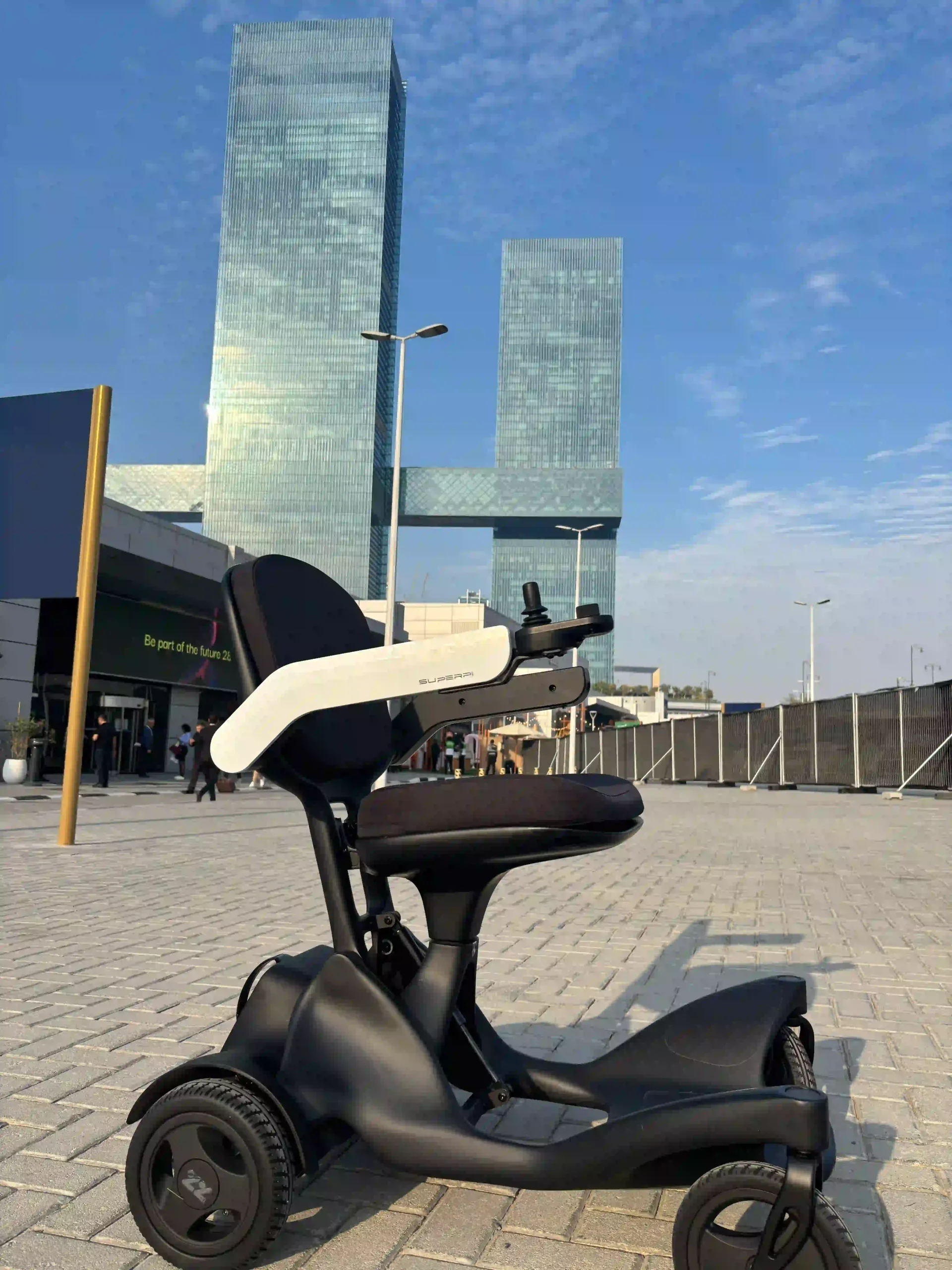
Matching Battery Range to Travel Requirements
If you’re mostly cruising around town, a shorter range might be fine. Range (km): 15-40 gives you options for quick errands or longer trips.
Evaluating Portability Based on User Strength and Needs
If lifting 20kg is hard due to age or strength, this lightweight electric wheelchair with its 6.4kg carbon fiber frame is perfect. Aviation level carbon fiber integrated frame with a load limit of 120kg.
Check out more options here if you’re not sure which electric wheelchair fits your daily groove.
FAQ
Q1: What is the average weight of a folding electric wheelchair?
Most good folding electric wheelchairs weigh 20–30 kg without batteries; some, like the Model P2, are just 20.5kg.
Q2: Can I take my folding electric wheelchair on an airplane?
Yup! Many airlines take them as checked bags because they fold up so small.
Q3: How long does the battery typically last per charge?
It depends on terrain and weight, but usually 15–40 km per charge.
Q4: Are folding electric wheelchairs suitable for outdoor use?
Totally! With strong motors and good tires, they handle slopes and bumpy paths.
Q5: Where can I find reliable customer support?
Reach out to Super Pi Robot’s support team via phone or email on their website.

